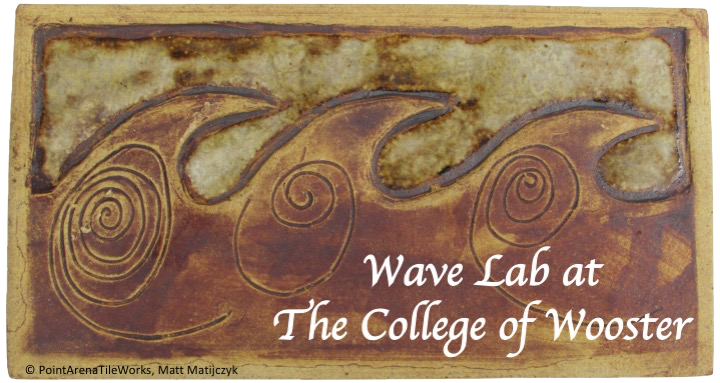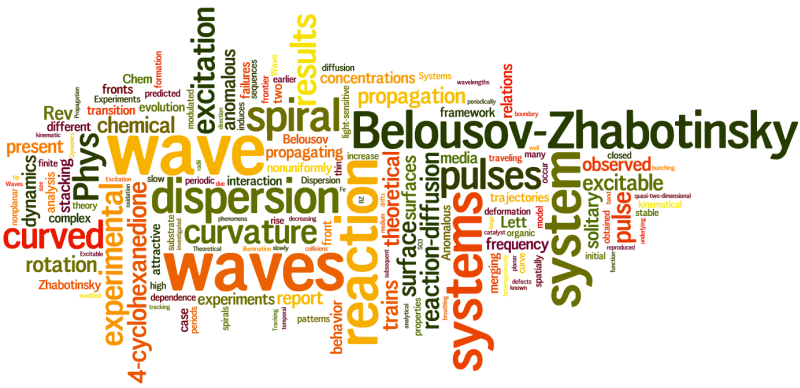Our primarily experimental research focuses on the interdisciplinary field of macroscopic spatio-temporal pattern formation and nonlinear phenomena in heterogeneous and/or nonplanar excitable systems.
We are investigating the propagative properties of, for example, i) excitation waves in media with heterogeneities, ii) excitation waves in curved systems, iii) spirals on homogeneously and non-homogeneously curved surfaces, and iv) light-sensitive reaction-diffusion waves in heterogeneously illuminated media.
Experiments are performed with a tabletop chemical model system – the Belousov-Zhabotinsky reaction – in thin, quasi two-dimensional, layers (< 1 mm). The patterns can be observed by naked eye and have very convenient space (mm to cm) and time scales (minutes to hours). Typical propagation speeds are 2-3 mm/min.
Application of our knowledge can be applied to, for example, electrical depolarization waves in media such as i) the heart surface (which leads to the heartbeat but can cause arrhythmias) or ii) the visual cortex (which leads to migraine auras).
-
Table-top analogues (Using Chemistry to visualize physical phenomena)
- Astrophysics: Black-hole horizon analogue
- Astrophysics: Gravitational lens effect analogue
- Physics: Electron drift velocity analogue
-
Reaction-Diffusion-Advection system
-
Chemical Reaction-Diffusion Systems
-
Miscellaneous Reaction-Diffusion Systems
-
Physical Oscillating Systems
- The Trevelyan Rocker
-
Science History


